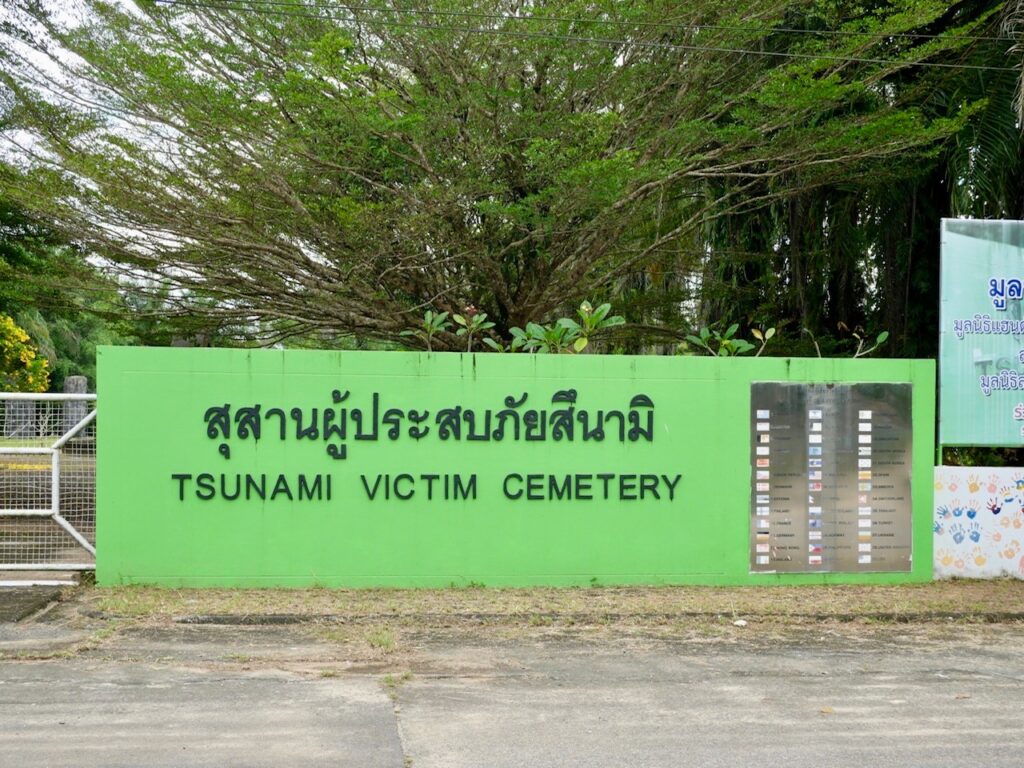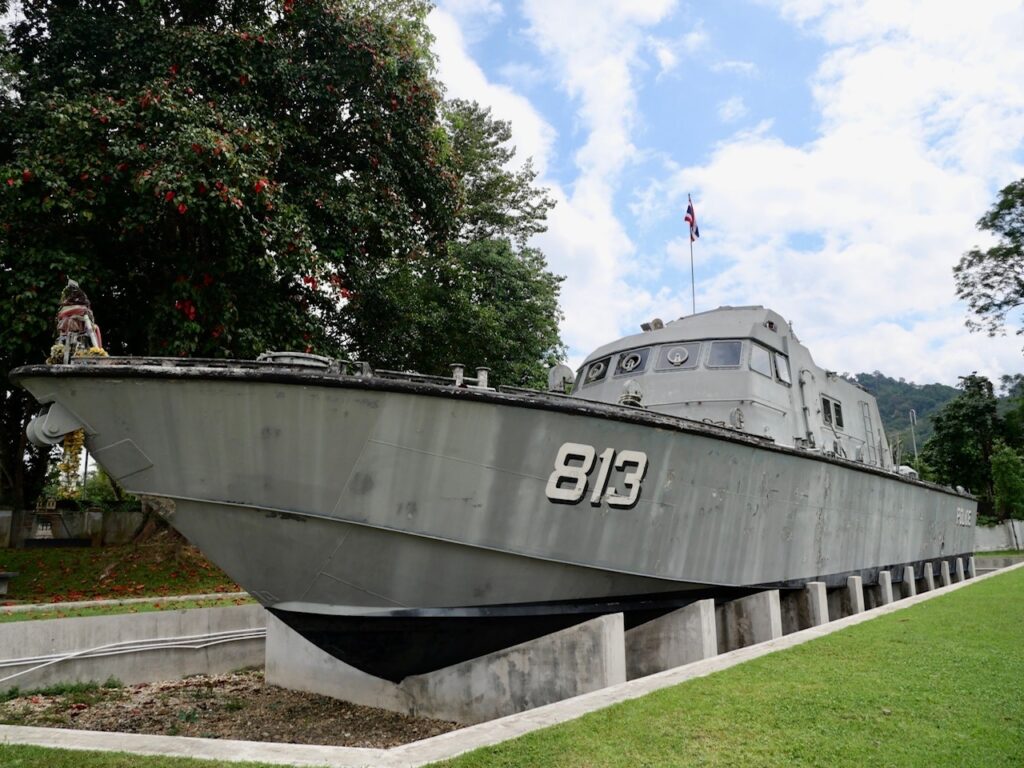20 Years Since the Indian Ocean Earthquake and Tsunami: The Importance of Disaster Education and the Courage to Flee

(Damage in the Ban Muang area)
On December 26, 2004—20 years ago—the massive Indian Ocean Earthquake struck off the coast of Sumatra, unleashing an unprecedented tsunami that affected numerous countries. With a magnitude of 9.1 and a rupture zone stretching over 1,000 kilometers, the devastation reached as far as Indonesia, Thailand, Sri Lanka, India, and even the eastern coast of Africa.
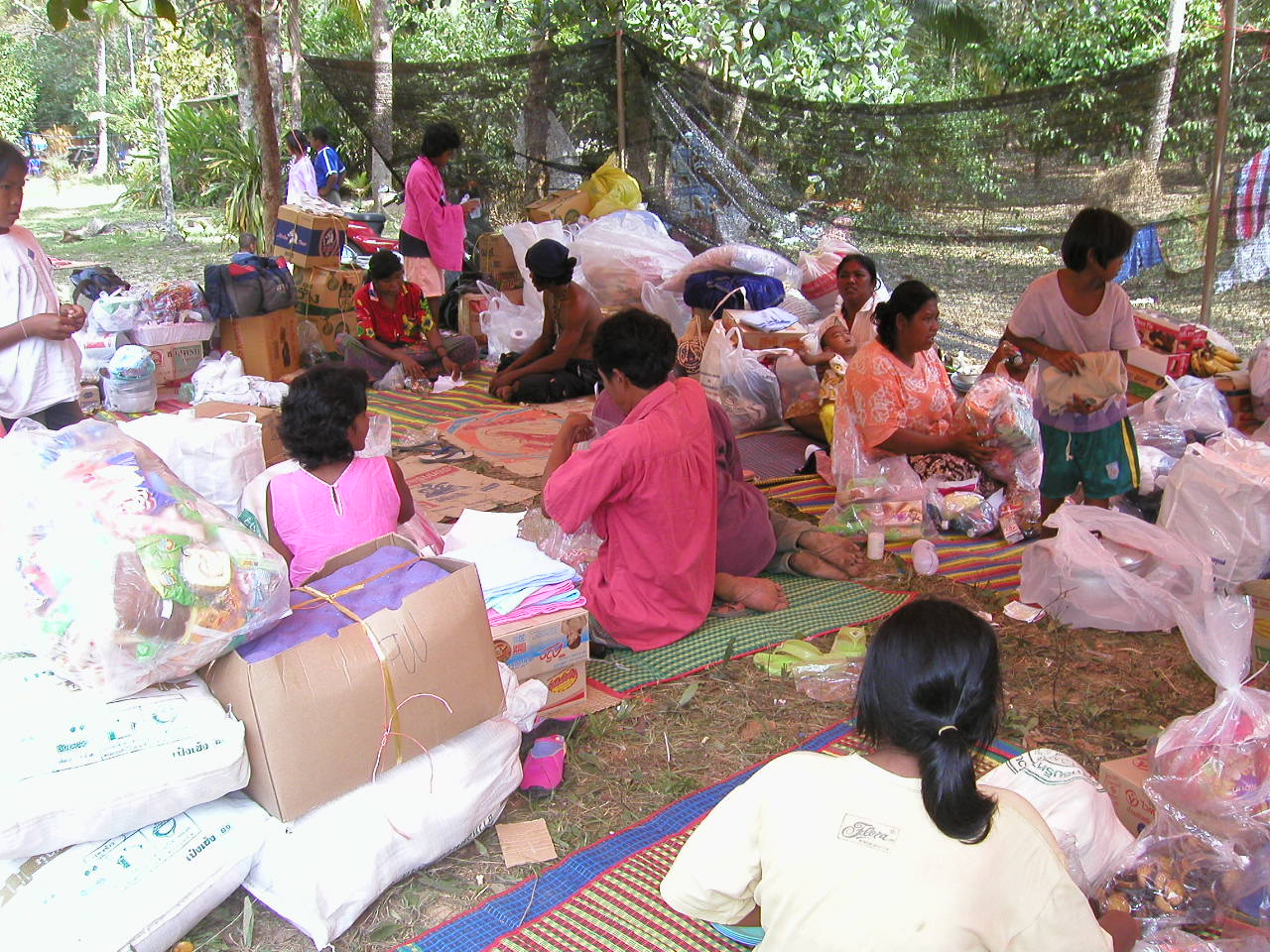
(Residents sheltering in a temple)
More than 1.2 million people were affected, with over 300,000 dead or missing. In southern Thailand—where I was at the time—more than 5,300 people, including tourists, lost their lives in provinces such as Phang Nga, Krabi, and Phuket. I would like to take this moment to offer my sincere condolences once again.

( Damage in Nam Khem Village, Ban Muang area)
Three days after the disaster, I drove with photographer Masao Seto and several staff members from Bangkok, bringing emergency supplies to a temple in Phang Nga City. The scene remains vivid in my memory.
A foul odor filled the air across the city.
The temple grounds were covered with bodies, and volunteers were carrying the large bodies of Westerners.
From survivors’ accounts, we learned that many had not fled the tsunami and had even approached the sea.
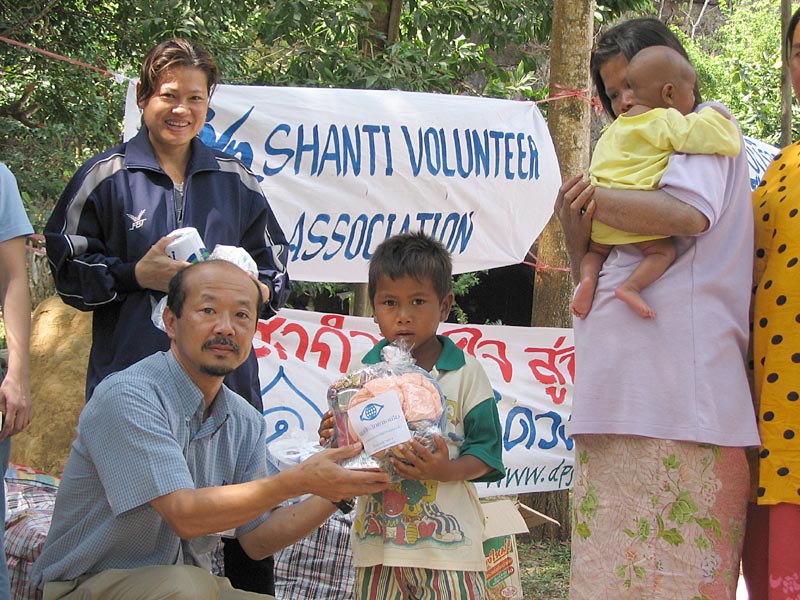
(Author delivering emergency supplies)
Though I had traveled to various disaster-stricken areas across Asia since the Great Hanshin-Awaji Earthquake, I realized how little I understood about tsunamis.
The massive damage caused by the Great East Japan Earthquake years later reminded us of the importance of preparation.
Professor Toshitaka Katada (then at Gunma University), inspired by his own experience visiting tsunami-hit areas in India after the 2004 disaster, later developed what became known as the “Kamaishi Miracle.”
He reflected the stories of those who failed to flee in India into Japanese disaster education, promoting the “Tsunami Tendenko” concept—an approach emphasizing individual responsibility to flee—well in advance of the disaster.

(SVA’s Thai-language picture book “Inamura no Hi,” photographed by Masao Seto)
Although our efforts came too late to prevent loss, SVA incorporated disaster education into our emergency relief activities. We published a Thai-language picture book based on “Inamura no Hi,” a traditional Japanese story passed down in Hirogawa Town, Wakayama Prefecture.
The book was distributed to disaster-affected elementary schools and communities.
As we reflect on the horrors of that day’s earthquake and tsunami, let us not forget the importance of disaster education—and the courage to run.
Tatsuya Hata
Vice President
2004 Indian Ocean Earthquake and Tsunami Relief Activities
Collaborative Efforts by SVA and Sikkha Asia Foundation (SAF)
1.Distribution of emergency supplies to 500 disaster victims
2.Provision of equipment and materials for evacuation shelters
3.Supply of school supplies to elementary and junior high school students
4.“Story Caravan” mobile library activities
5.Construction and establishment of temporary and permanent libraries
6.Production and operation of mobile library vehicles
7.『Publication of the Thai-language picture book “Inamura no Hi”
8.Provision of scholarships
9.Support for temporary childcare facilities
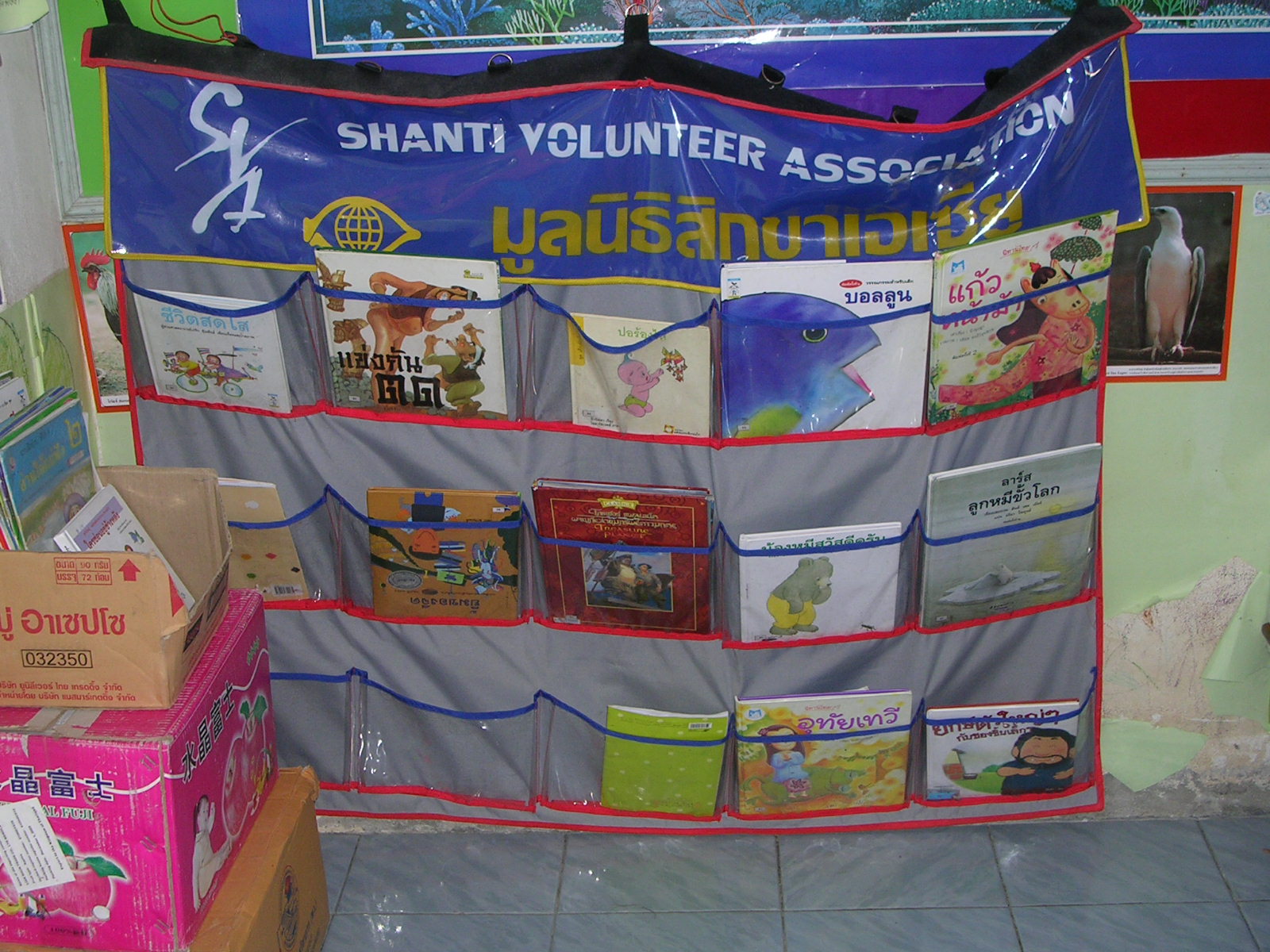
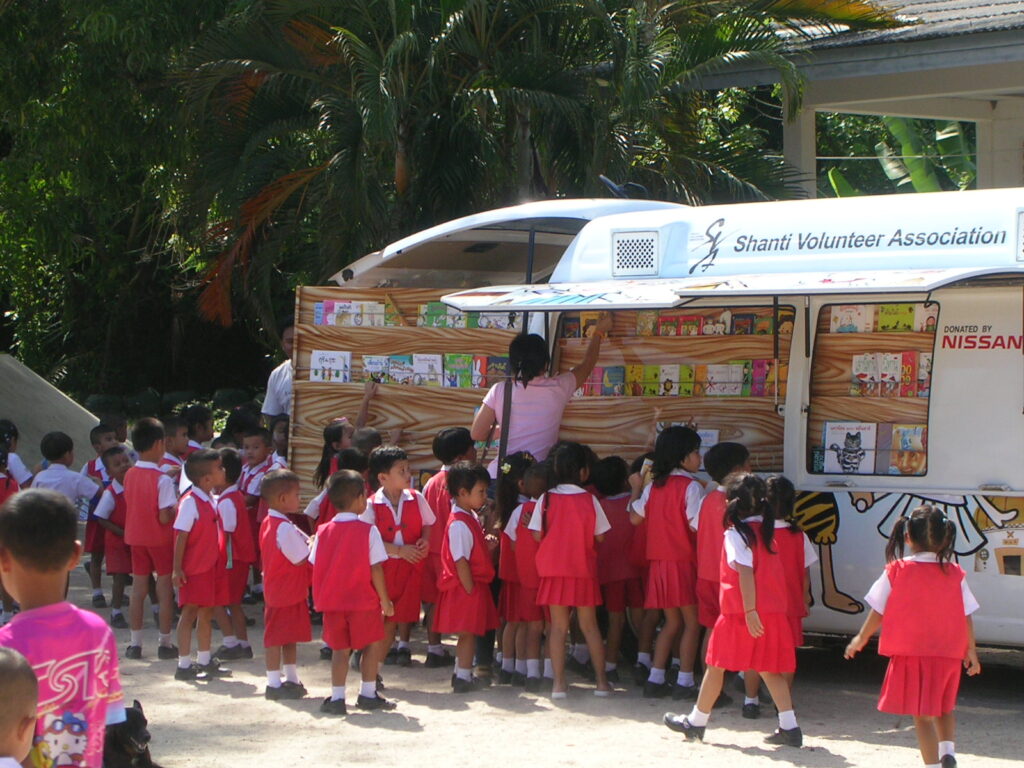
Production and operation of a mobile library vehicle
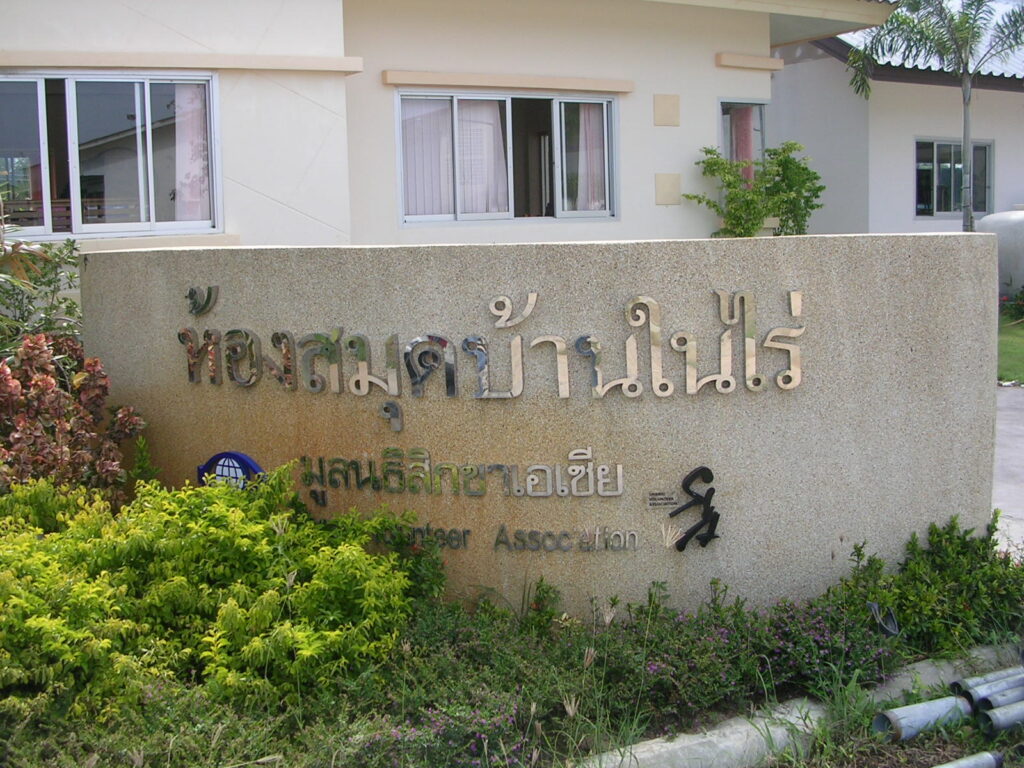
The affected area is now preserved as a Tsunami Memorial Park, where the memories and lessons of the disaster continue to be shared.
